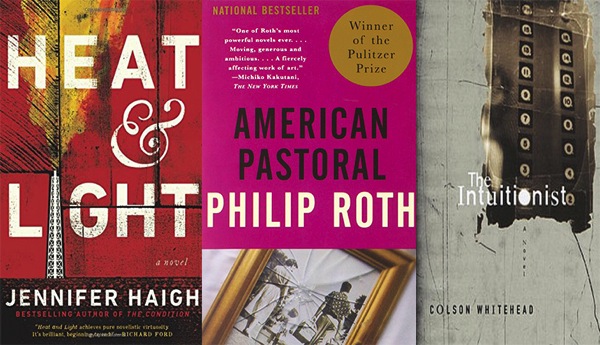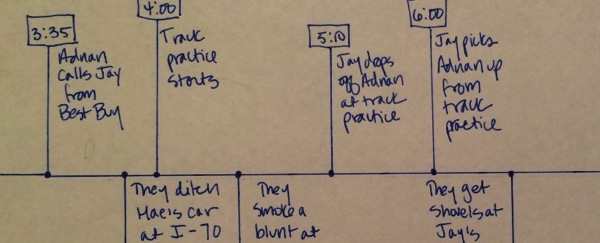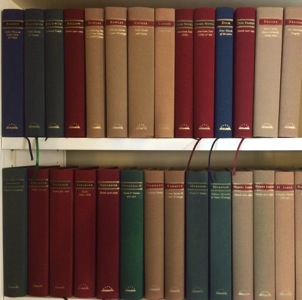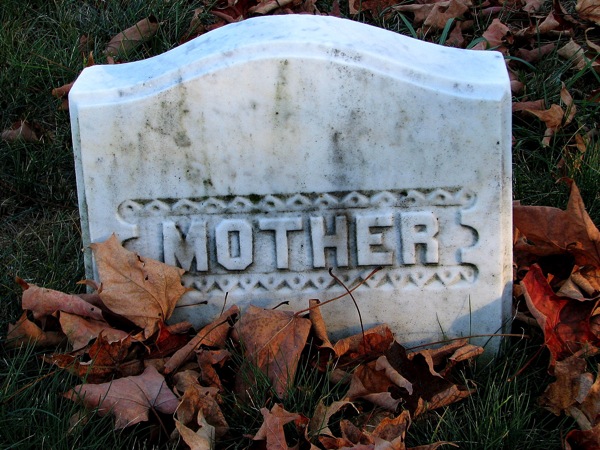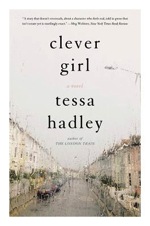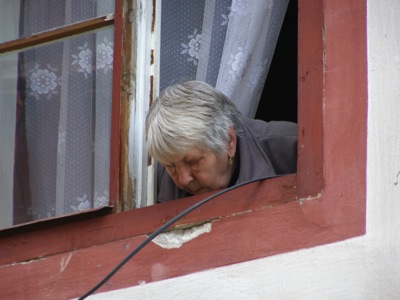Like many of Alice Munro’s stories, her Christmas stories are occupied with work and explore the subtleties of how work defines identity. Of the three stories I’ll discuss, “The Turkey Season” (1980) is the most explicitly about Christmas, ending with a snowy tableau on Christmas Eve. But the major function of Christmas in the narrative is to create demand for Christmas turkeys, which creates the need for turkey gutters, providing the narrator—a girl of fourteen—with her first job.
Inside the Turkey Barn, she learns about how people in her town are categorized—and what it means when people don’t fit into any of the accepted categories. Although she’s from the place, a small town in Ontario, she already knows she doesn’t fit in:
Work, to everybody I knew, meant doing things I was no good at doing, and work was what people prided themselves on and measured each other by. (It goes without saying that the things I was good at, like schoolwork, were suspect or held in plain contempt.)
Read more at Ploughshares.

